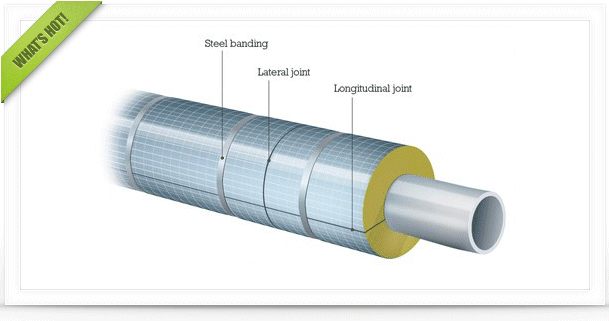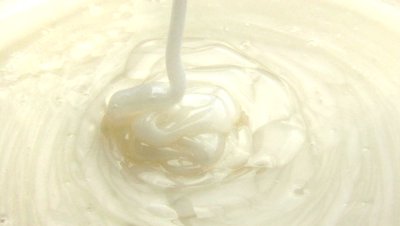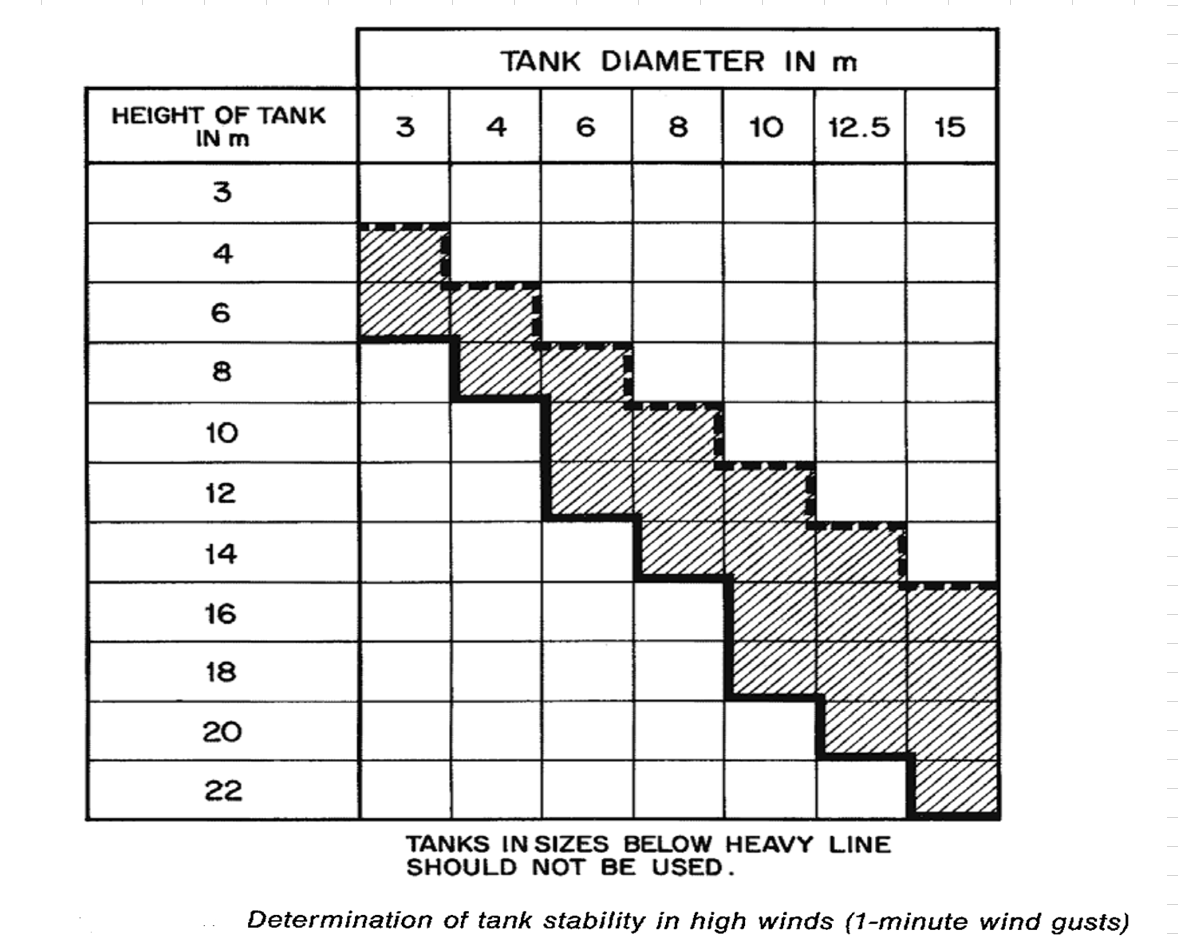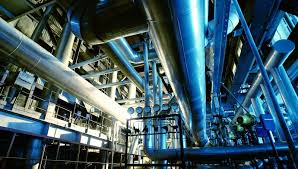Hello,
I’ve encountered a process modeling problem involving the mixing of two incompressible liquid streams with different pressures and pipe diameters. While it seems straightforward, I haven’t found a clear analytical solution or theoretical justification for how the pressure behaves at the mixing node. Most process simulators (e.g., Aspen HYSYS) assume that the pressure at the mixing point is equal to the minimum of the two inlet pressures, but I would like to understand whether this is physically justified or just a modeling convention.
Here’s the setup:
-
Stream C1:
Volumetric flow rate: Gv1 = 200 m³/h
Pressure: P1 = 10.5 barg
Pipe diameter: D1 = 200 mm, L1 = 400 m; -
Stream C2:
Volumetric flow rate: Gv2 = 100 m³/h
Pressure: P2 = 3.5 barg
Pipe diameter: D2 = 100 mm, L2 = 10 m; -
The two streams mix at node N1, forming stream C3 with:
Flow rate: Gv3 = Gv1 + Gv2 = 300 m³/h
Pressure: P3 = ?
Pipe diameter: D3 = 200 mm, L3 = 85 m; -
The mixed stream flows to a discharge point U1 (e.g., a tank) with pressure:
P4 = 1.03 barg (hydrostatic)
In the simulator, the pressure at the mixing node appears to be P3 = min(P1, P2) = 3.5 barg, and the excess energy seems to be reflected in a slight increase in fluid temperature. I attempted to apply Bernoulli’s equation, but I’m unsure whether it’s valid in this context, especially since the mixing occurs at a junction and not along a single streamline. Also, I’m not sure if I’ve accounted correctly for the energy losses or the state functions of the fluid (incompressible liquid in this case).
In my analysis, I used the following energy balance:
Before mixing:
Gv1 × (h1 - F1) + Gv2 × (h2 - F2) = Gv3 × h3
After mixing and before discharge:
Gv3 × (h3 - F3) = Gv4 × h4 → h3 - F3 = h4
Where:
Gv = volumetric flow rate [m³/h]
P = pressure [barg]
D = pipe diameter [mm]
L = pipe length [m]
h = specific enthalpy [kJ/kg]
F = specific energy loss due to friction [kJ/kg]
η = kinematic viscosity [cP]
ρ = density [kg/m³]
My question is:
Is there a theoretical basis for assuming that the pressure at the mixing node is equal to the lower of the two inlet pressures, especially when the pipe diameters differ? Or is this simply a modeling simplification used in simulators?
Any references to literature, textbooks, or articles that address this type of hydraulic mixing behavior would be greatly appreciated.
Thank you in advance!

 FB
FB












